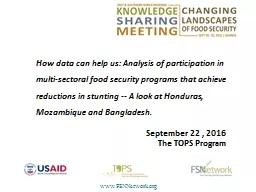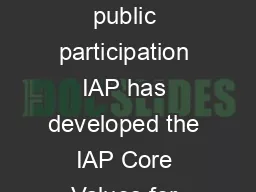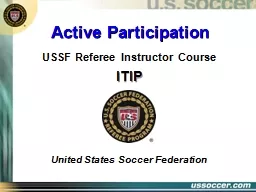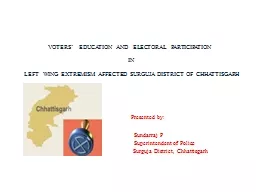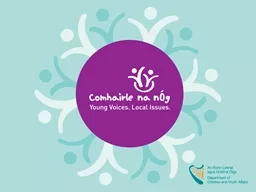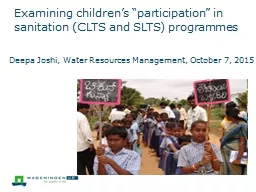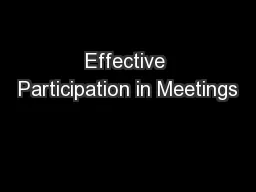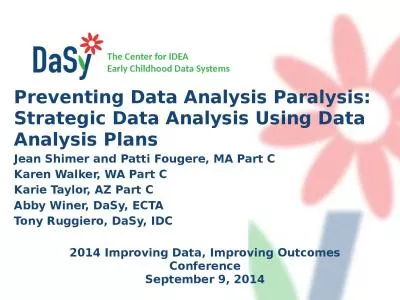PPT-How data can help us: Analysis of participation
Author : cheryl-pisano | Published Date : 2017-06-21
in multisectoral food security programs that achieve reductions in stunting A look at Honduras Mozambique and Bangladesh September 22 2016 The TOPS Program
Presentation Embed Code
Download Presentation
Download Presentation The PPT/PDF document "How data can help us: Analysis of partic..." is the property of its rightful owner. Permission is granted to download and print the materials on this website for personal, non-commercial use only, and to display it on your personal computer provided you do not modify the materials and that you retain all copyright notices contained in the materials. By downloading content from our website, you accept the terms of this agreement.
How data can help us: Analysis of participation: Transcript
Download Rules Of Document
"How data can help us: Analysis of participation"The content belongs to its owner. You may download and print it for personal use, without modification, and keep all copyright notices. By downloading, you agree to these terms.
Related Documents

